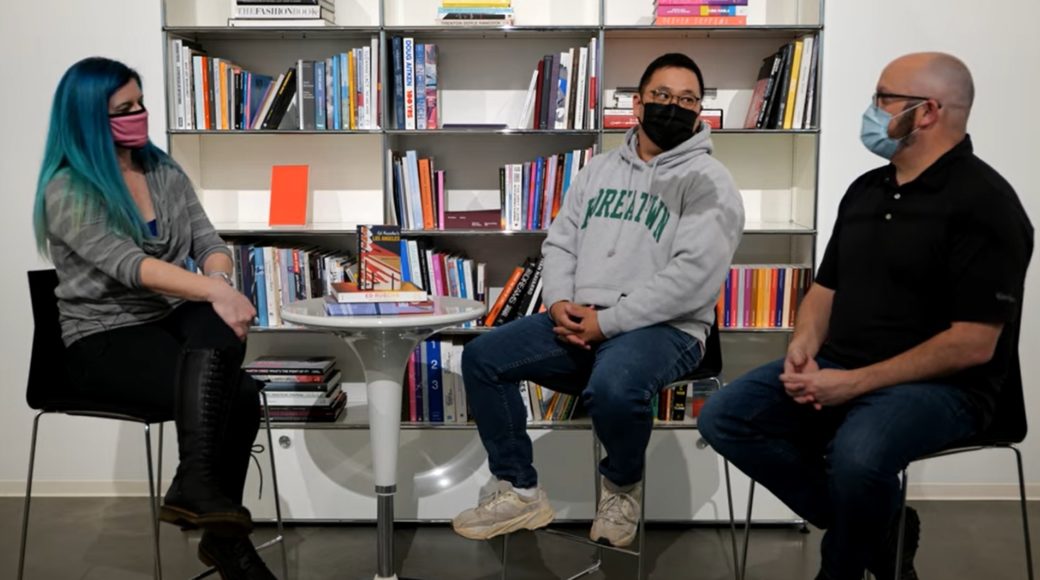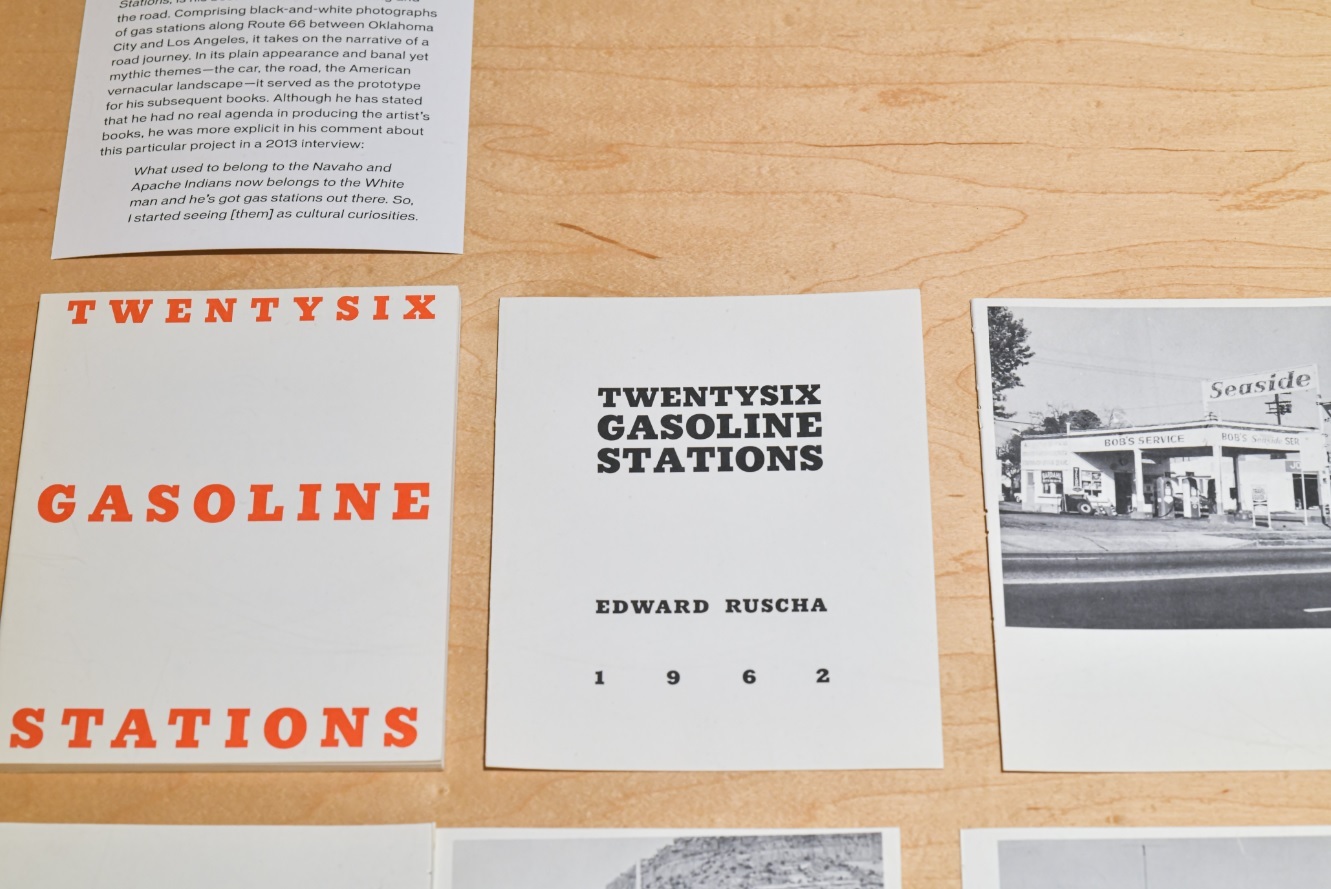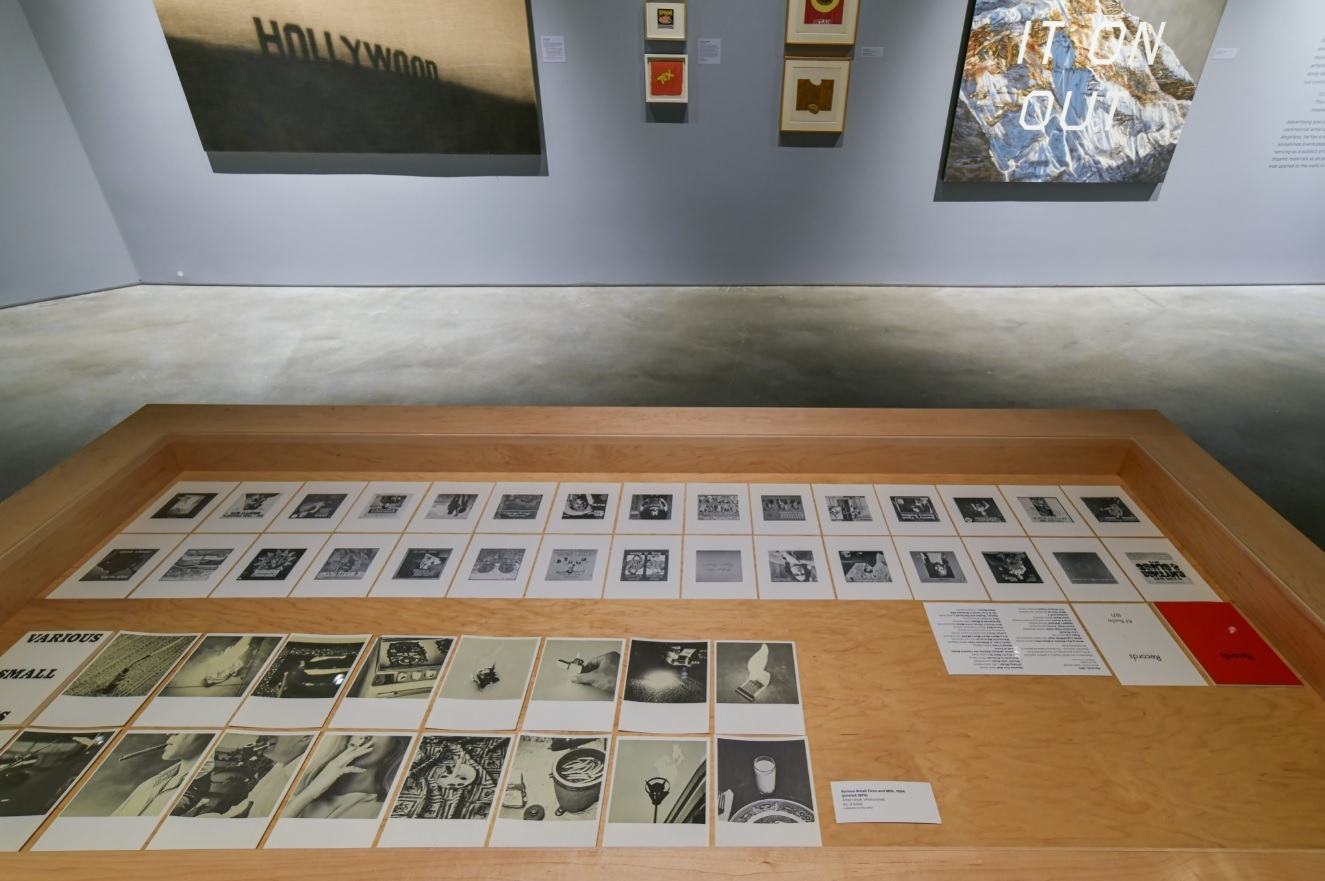
Art books and zines take center stage in panel discussion about Ed Ruscha: OKLA

While many of Ed Ruscha's most-iconic works were made to hang on a gallery wall, others can be found pressed between pages. Inspired in part by his teenage years delivering the daily newspaper to the residents of Oklahoma City, printed words and images would come to be as pivotal as paint and canvas to the ever-evolving practice of this homegrown contemporary art legend.
In conjunction with Ed Ruscha: OKLA, which features many of the artist's limited-run, offset printed books like Twentysix Gasoline Stations (1963) and Every Building on the Sunset Strip (1966), Oklahoma Contemporary hosted a virtual panel conversation on the history and creative process of art books and zines as they relate to graphic design. Featuring University of Central Oklahoma professor Amanda Horton along with James Ewald and Brock Wynn of The Cauldron Press, the event offered a fun and freewheeling discussion about Ruscha's influence on self-publication as an art form.

For print artists like Wynn, self-publishing offers creative freedom and a chance to develop your own voice. "Being from this part of the country, self-publishing allows us to have a voice as Oklahomans," Wynn said. "We love being able to help others, including students, find that same voice. Self-publishing really has kind of given us and the community a new avenue of exploration when it comes to ideas and making."
If you missed last week's online event, tune in below for the entire conversation. And be sure to snag your free, limited access timed tickets to experience Ed Ruscha: OKLA in person through July 5 at your new arts center in downtown OKC.
Gallery images: Ed Ruscha. Twentysix Gasoline Stations, 1963 (printed 1969). Artist’s book, offset printed. 7 1/16 × 5 9/16 × 3/16 in. Ed. 20/30. Collection of the artist. © Ed Ruscha. Photo: Trayson Conner. Installation view of Ed Ruscha: OKLA at Oklahoma Contemporary. © Ed Ruscha. Photo: Trayson Conner.
Return to New Light.









